Mark Wallinger’s ’Labyrinth’ artworks for the London Underground
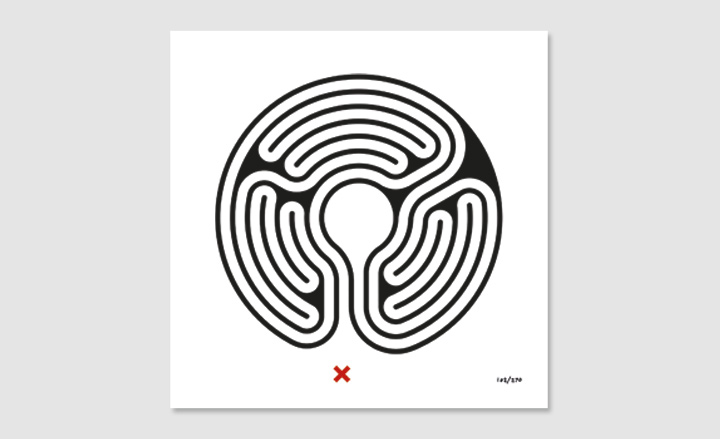
Commuters descending into the depths of the London Underground system will be greeted by a new series of Labyrinth-inspired artworks by Turner Prize-winner Mark Wallinger. But the artist isn't trying to induce claustrophobia. Look a little closer at each of the unique pieces - one for all 270 stations in the Underground's maze-like network - and you'll see that there are no dead-ends to his black and white journeys. Each one reaches its destination. It's as if he's saying: 'Don't panic - you'll get there in the end.'
Commissioned to mark the 150th anniversary of the London Underground - the artworks take an obvious visual cue from the tube map itself, designed in 1933. '[As a Londoner] the Harry Beck map does become mapped onto one's mind,' said Wallinger. His creations also bear distinctly cerebral forms. 'Each will act as a mental map, a representation of the orientation and contemplation which are the everyday experience of millions of Londoners.'
Born in Chigwell, Essex - connected to London by the giant red artery that is the Central Line - Wallinger was an apt choice for the Underground's biggest ever art commission. The Tube has been the basis of several of his works, including 'Angel', a video piece played in reverse, showing him walking backwards at Angel Station while reciting the opening lines of the Gospel of John. And the notion of a journey is a long-held preoccupation for the artist. 'I've got a thing for transport, and the act of being transported,' he says.
Wallinger's Labyrinth artworks are articulated in punchy black and white graphics, hand-printed by the same people who make the London Underground signage. 'I wanted to create works that used its heritage and graphic identity,' he told us.
The Underground's finely-honed graphic identity is largely the handiwork of Arts & Crafts calligrapher Edward Johnston, whose legendary typeface was introduced in 1916. Tasked to create something of 'bold simplicity', Johnston mixed a modern sensibility with classical Roman lettering, revolutionising type design across the world.
The Tube also has a long history as a public art gallery, with one of the earliest commissions being Harold Stabler's bronze sculptures on the Piccadilly Line's ventilation grilles in the 1930s. And in 2000, the Underground established Art on the Underground, aimed at enlivening the humdrum of Londoners' daily commutes. This has seen an impressive roll call of artists create pieces for its stations, including Cindy Sherman, Barbara Kruger, Liam Gillick, Sarah Morris and Gavin Turk.
Works from Wallinger's Labyrinth series have now been installed in 10 central London stations, with the rest reaching their destinations by summertime this year. Each will be a permanent addition to London's subterranean landscape.
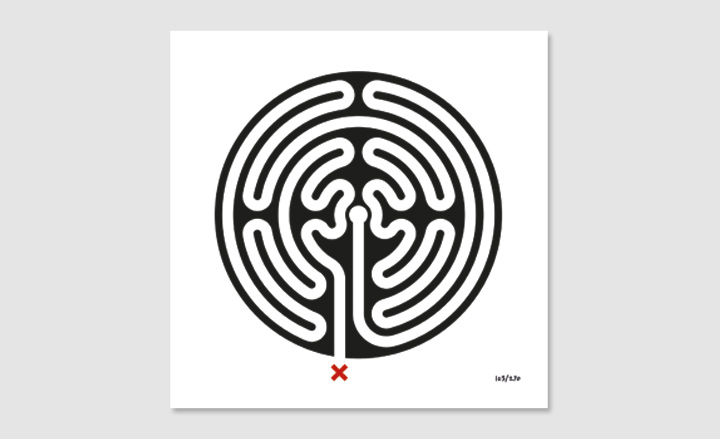
The works take an obvious cue from the Harry Beck-designed Underground map, with 'x' marking the 'you are here' spot. This particular work has found a home at Victoria Station
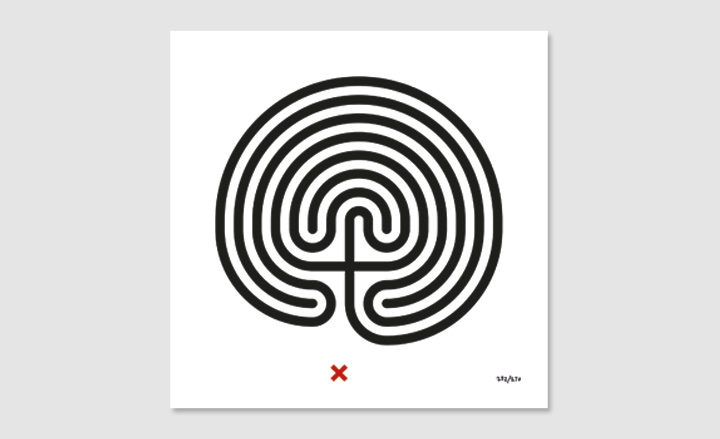
Many of the artworks, such as this one for Green Park Station, take cerebral forms. Says Wallinger of his creations: 'Each will act as a mental map, a representation of the orientation and contemplation which are the everyday experience of millions of Londoners and their days spent on the Labyrinthine network'
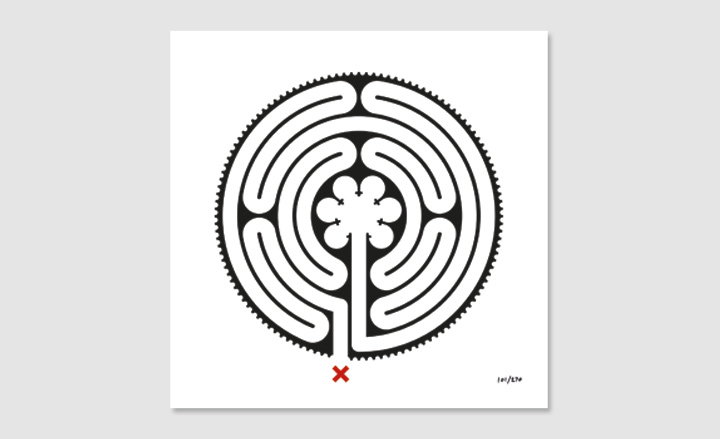
There are no dead-ends to the journeys through the Labyrinths, as seen from this piece for Westminster Station. The viewer always reaches their destination
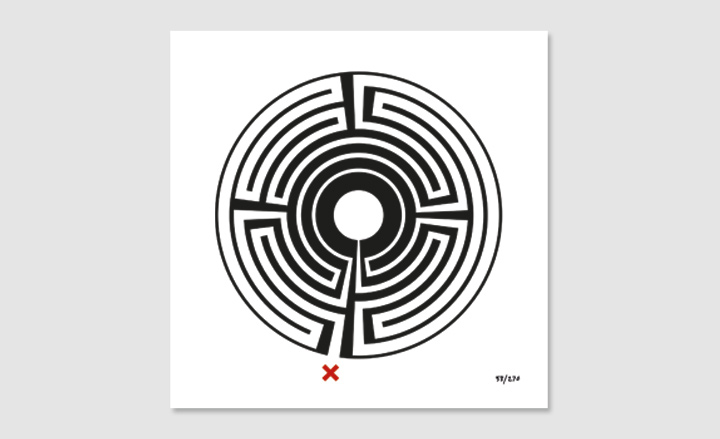
The artworks are articulated in punchy black and white graphics, hand-printed by the same people who make the London Underground signage. Passengers will spot this particular piece at Baker Street Station
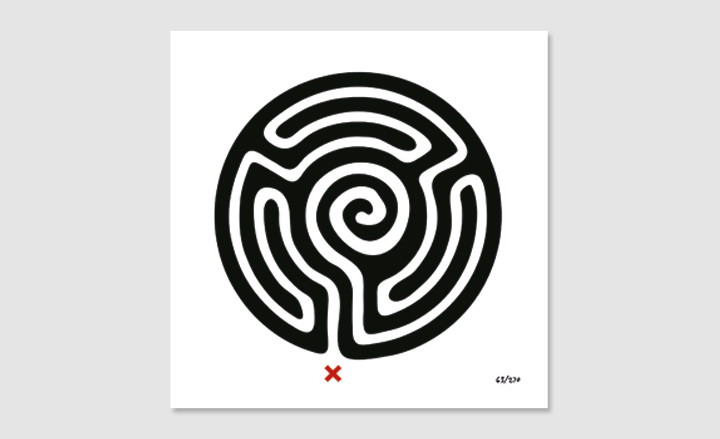
This artwork for Embankment station almost feels hand-drawn
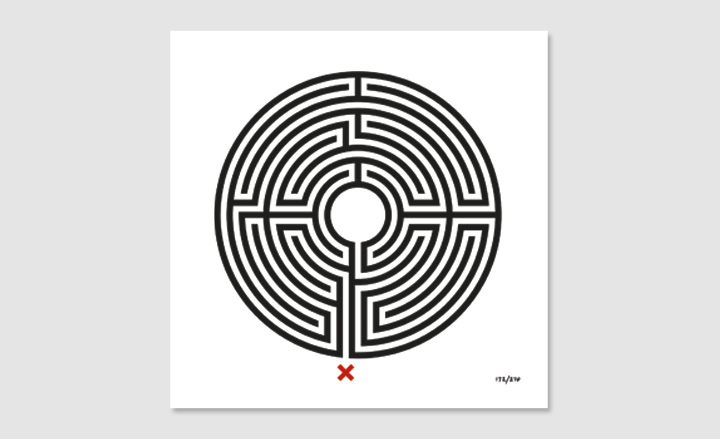
... while others, such as this one bound for King's Cross, are much more rigidly geometric
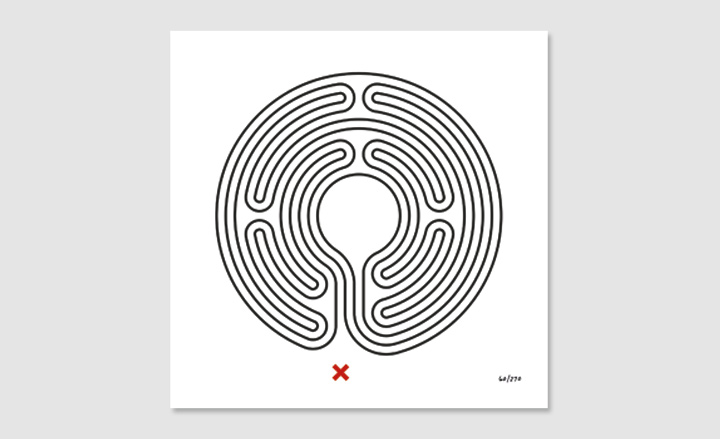
The first ten of the artworks, including this one for Oxford Circus, have been unveiled. The rest will be installed by summertime this year
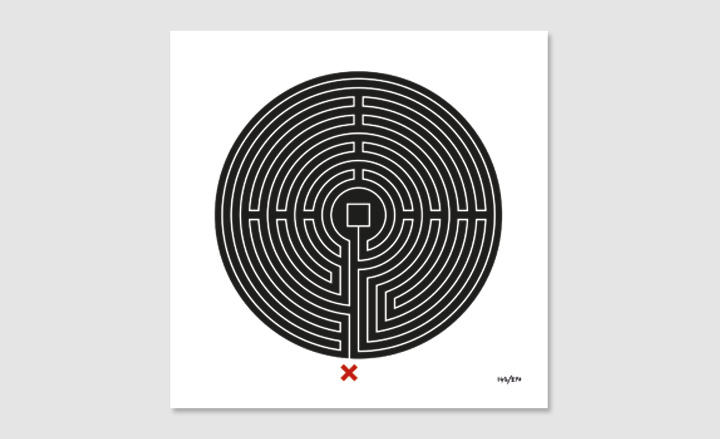
Bank Station's artwork echoes the bullseye motif used in the Underground logo...
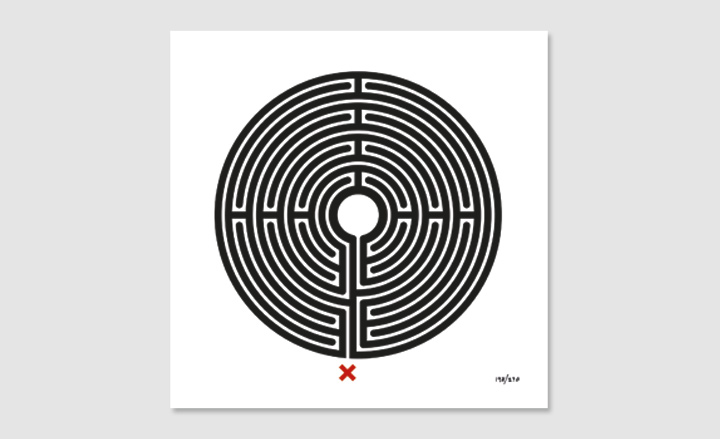
... as does this piece for Tottenham Court Road Station
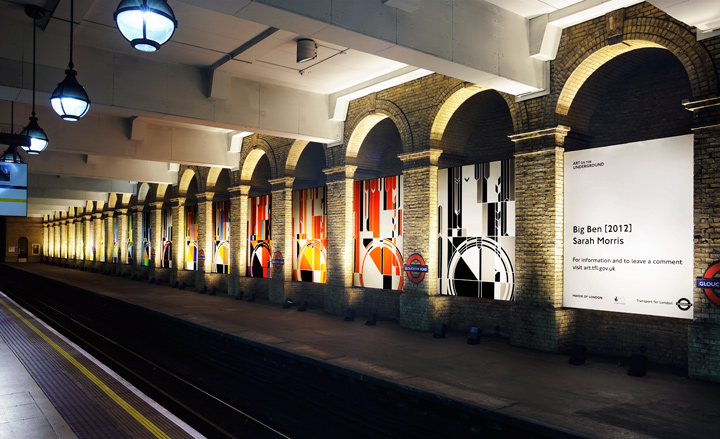
Past commissions by Art on the Underground, the rail network's arts organisation (established in 2000), include 'Big Ben' by Sarah Morris, 2012, at Gloucester Road Station
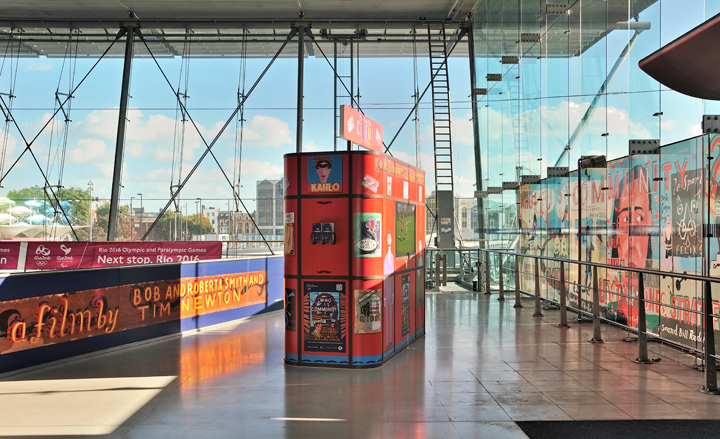
'Who is Community? New Cinema Kiosk' by Bob and Roberta Smith and Tim Newton, 2012, at Stratford station
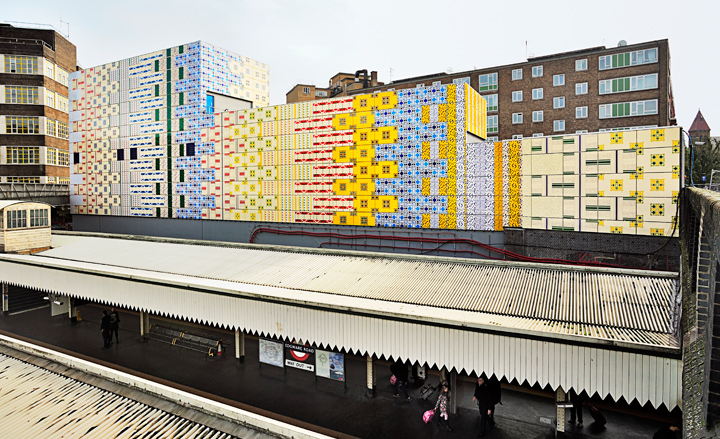
'Wrapper' by Jacqueline Poncelet, 2012, at Edgware Road Station
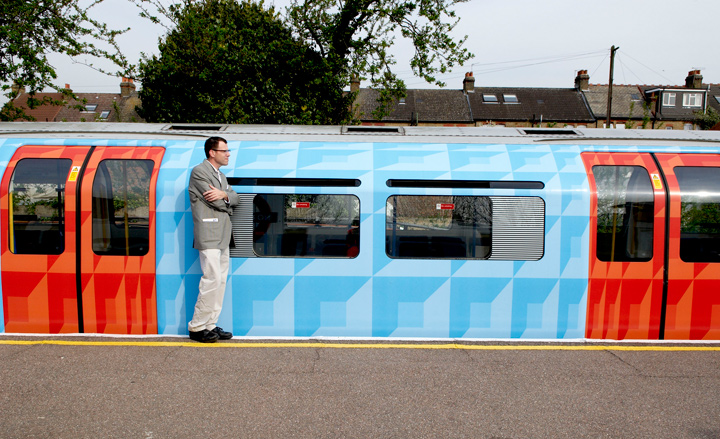
'Tube Wrap' by Jim Isermann, 2007, on a Piccadilly line train
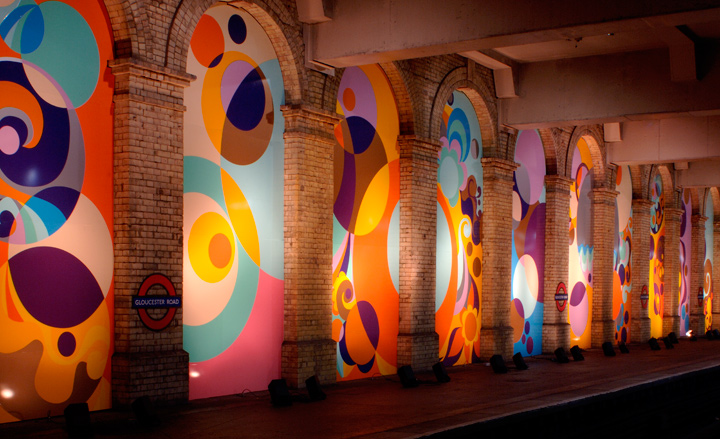
'Peace and Love' by Beatriz Milhazes, 2005, at Gloucester Road Station
Wallpaper* Newsletter
Receive our daily digest of inspiration, escapism and design stories from around the world direct to your inbox.
Malaika Byng is an editor, writer and consultant covering everything from architecture, design and ecology to art and craft. She was online editor for Wallpaper* magazine for three years and more recently editor of Crafts magazine, until she decided to go freelance in 2022. Based in London, she now writes for the Financial Times, Metropolis, Kinfolk and The Plant, among others.
-
 Japan in Milan! See the highlights of Japanese design at Milan Design Week 2025
Japan in Milan! See the highlights of Japanese design at Milan Design Week 2025At Milan Design Week 2025 Japanese craftsmanship was a front runner with an array of projects in the spotlight. Here are some of our highlights
By Danielle Demetriou
-
 Tour the best contemporary tea houses around the world
Tour the best contemporary tea houses around the worldCelebrate the world’s most unique tea houses, from Melbourne to Stockholm, with a new book by Wallpaper’s Léa Teuscher
By Léa Teuscher
-
 ‘Humour is foundational’: artist Ella Kruglyanskaya on painting as a ‘highly questionable’ pursuit
‘Humour is foundational’: artist Ella Kruglyanskaya on painting as a ‘highly questionable’ pursuitElla Kruglyanskaya’s exhibition, ‘Shadows’ at Thomas Dane Gallery, is the first in a series of three this year, with openings in Basel and New York to follow
By Hannah Silver
-
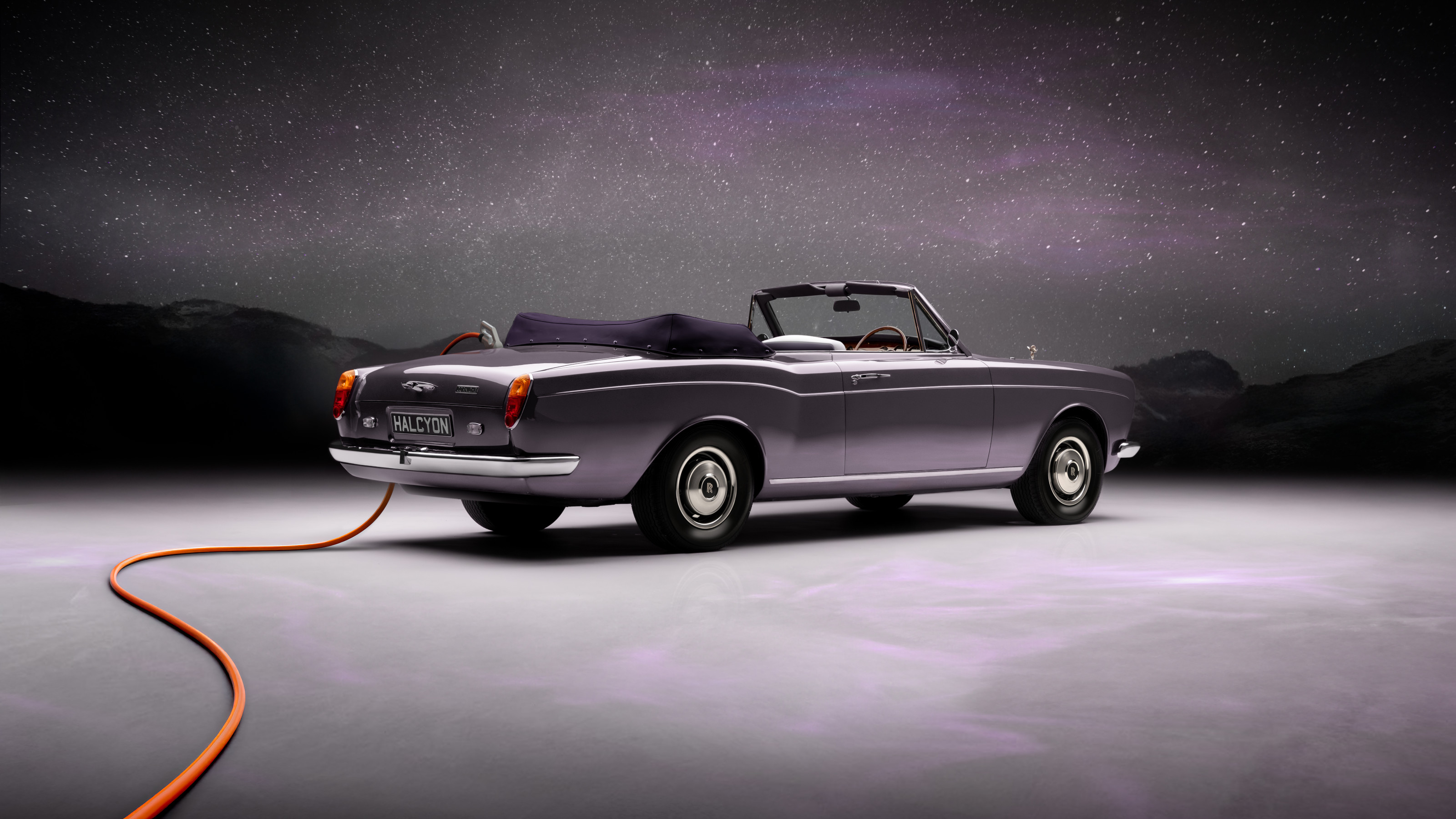 EV start-up Halcyon transforms a classic 1970s Rolls-Royce into a smooth electric operator
EV start-up Halcyon transforms a classic 1970s Rolls-Royce into a smooth electric operatorThis 1978 Rolls-Royce Corniche is the first fruit of a new electric restomod company, the Surrey-based Halcyon
By Jonathan Bell
-
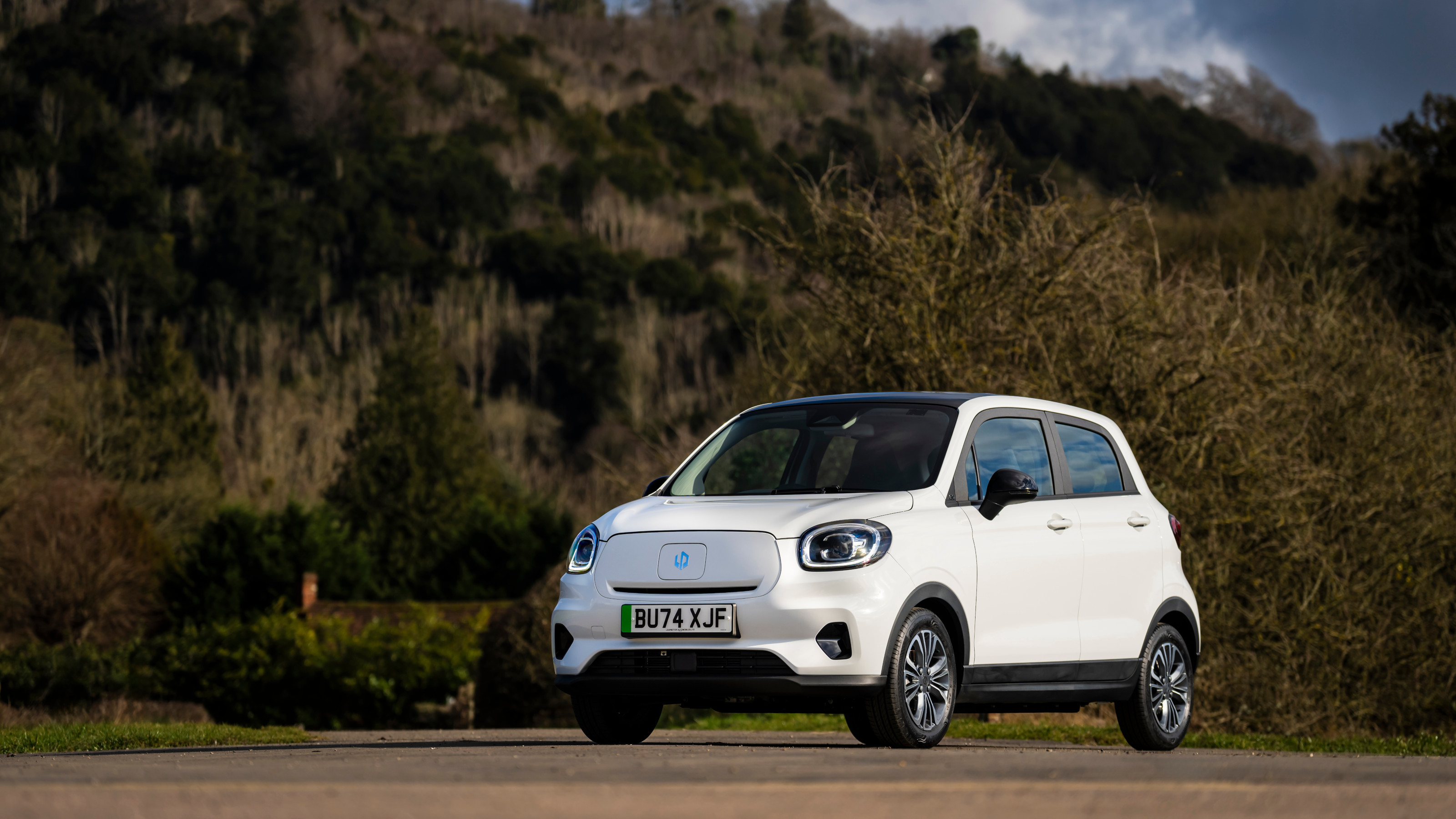 China’s Leapmotor pounces on the European car market with its T03 city car and C10 SUV
China’s Leapmotor pounces on the European car market with its T03 city car and C10 SUVLeapmotor’s tiny electric city car could be just the tonic for cramped urban Europe. We sample the T03 and its new sibling, the fully loaded C10 SUV, to see if the company’s value proposition stacks up
By Jonathan Bell
-
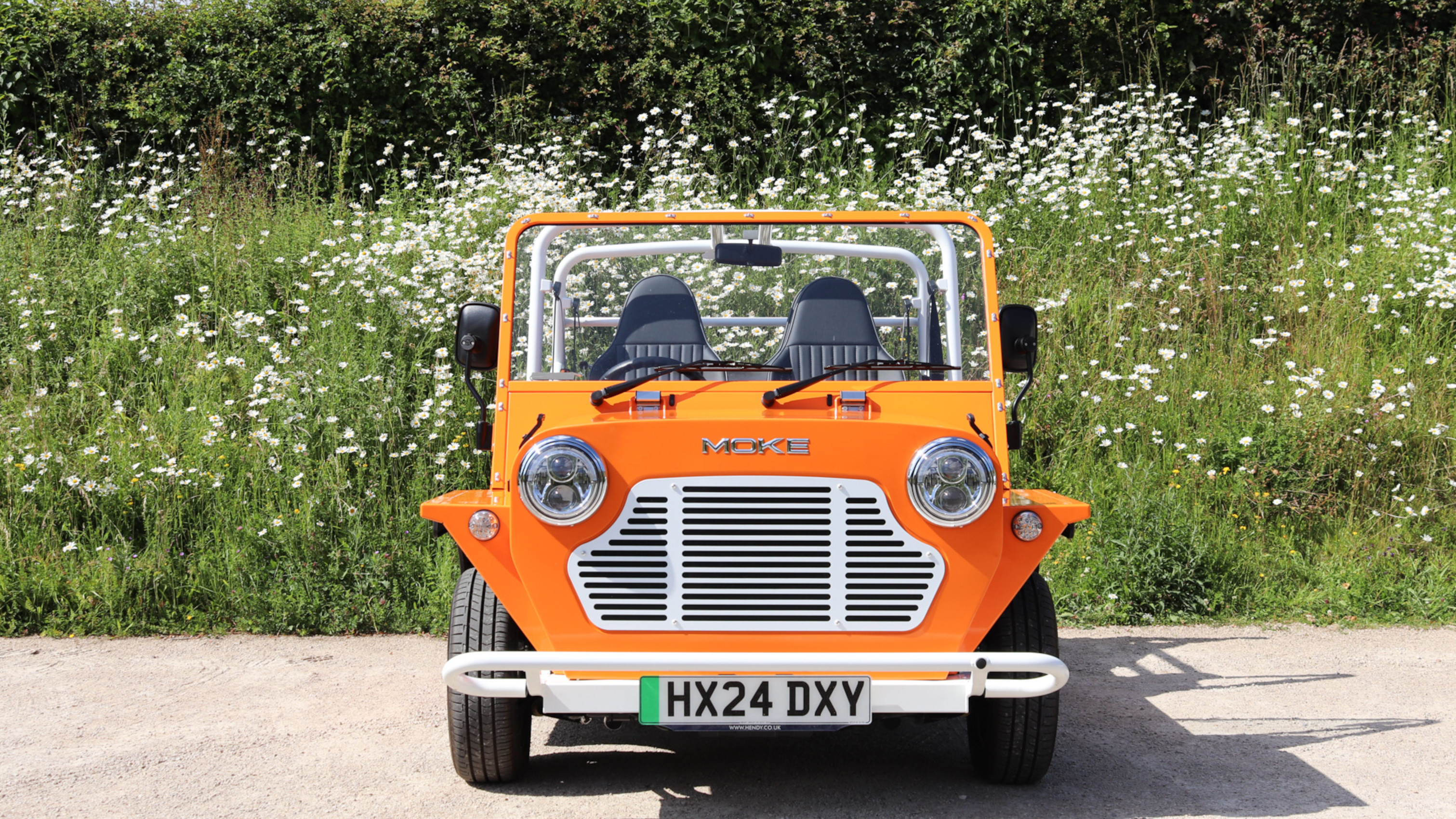 We make off with a MOKE and experience the cult EV on the sunny backroads of Surrey
We make off with a MOKE and experience the cult EV on the sunny backroads of SurreyMOKE is a cult car with a bright future. Wallpaper* sat down with the company's new CEO Nick English to discuss his future plans for this very British beach machine
By Jonathan Bell
-
 Meet the Alvis continuation series – a storied name in British motoring history is back
Meet the Alvis continuation series – a storied name in British motoring history is backThe Alvis name is more than a century old yet you can still order a factory-fresh model from its impressive back catalogue, thanks to the survival of its unique archive
By Josh Sims
-
 Hongqi’s Giles Taylor on the Chinese car maker's imminent arrival in the UK
Hongqi’s Giles Taylor on the Chinese car maker's imminent arrival in the UKHongqi makes China's state limousines. By 2026, it'll have a pair of premium EVs on UK roads. Giles Taylor, its VP of design, tells us about its design approach, and ambition in Europe
By Aysar Ghassan
-
 British sports car builder Caterham teams up with the RAF to create this bespoke machine
British sports car builder Caterham teams up with the RAF to create this bespoke machineHelicopter parts are repurposed for the bodywork of this Caterham Seven 360R, built in collaboration with RAF Benson
By Jonathan Bell
-
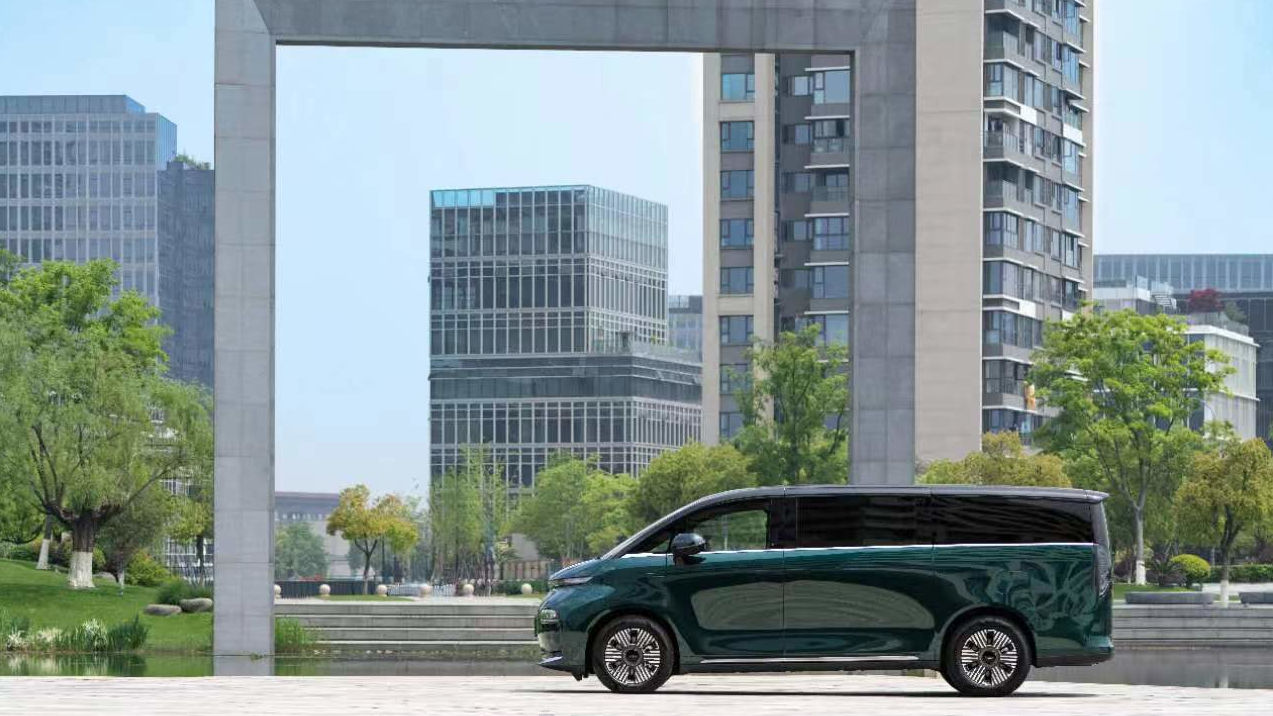 LEVC’s L380 is a truly magnificent minivan
LEVC’s L380 is a truly magnificent minivanThe London Electric Vehicle Company’s L380, is a magnificent minivan designed for upscale long-distance travel, as the maker of the London Taxi branches out into all-purpose EVs
By Jonathan Bell
-
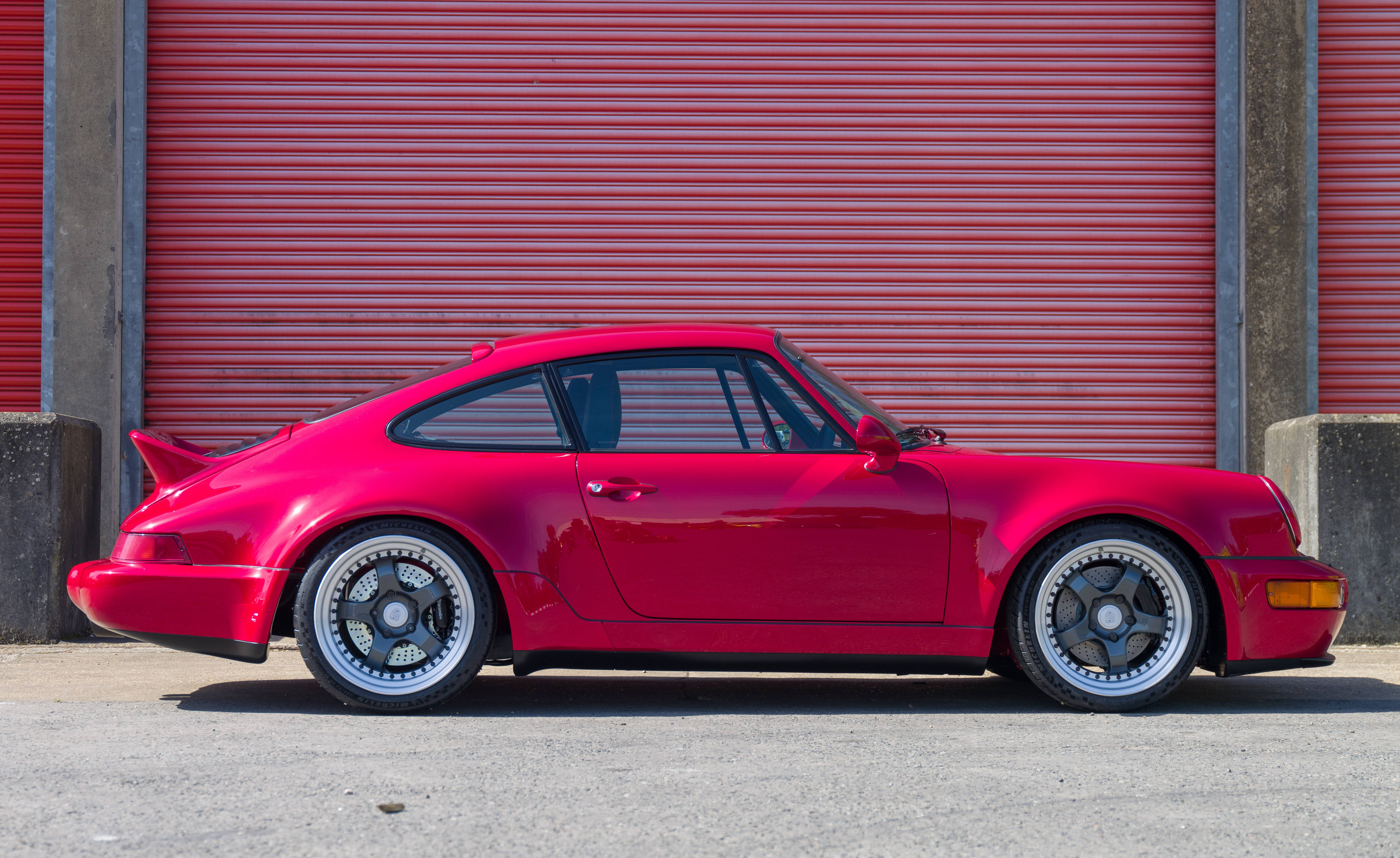 Will this UK company secure the future of classic cars?
Will this UK company secure the future of classic cars?Everrati, a specialist UK engineering firm hailing from the rolling hills of the Cotswolds in the UK, thinks it holds the key to classic car electrification
By Jonathan Bell